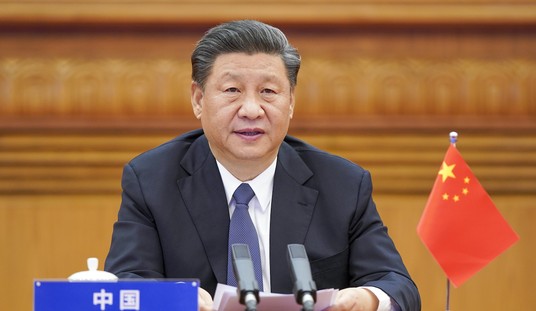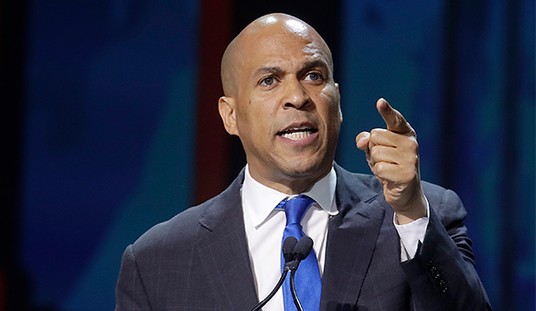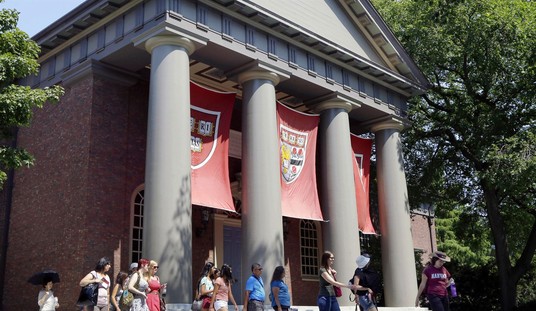“The border is complicated, as far as building a physical wall,” Zinke said while speaking to the Public Land Council in Washington, D.C.
“The Rio Grande, what side of the river are you going to put the wall? We’re not going to put it on our side and cede the river to Mexico. And we’re probably not going to put it in the middle of the river.”
Zinke was forced to concede that the administration may be forced to instead rely on electronic defenses or choose not to construct the wall in certain areas where the terrain would make it too difficult.
Senate Minority Leader Chuck Schumer refused to comment on the record Wednesday morning, but his spokesman, Matt House, sent a tweet to Zinke in response to the report.
These guys… now the wall is going to be IN Mexico, according to @Interior Secretary Zinke. pic.twitter.com/DEWaIQrlQz
— mattwhouse (@mattwhouse) March 29, 2017
“These guys … now the wall is going to be IN Mexico, according to Interior Secretary Zinke,” he said.
American Oversight, a watchdog group pushing back against the border wall, added a few comments of their own.
“First, President Trump proposed building a wall on our southern border and having Mexico pay for it. Now his administration is planning to build a wall in Mexico and have Americans pay for it,” Austin Evers, the group’s executive director, said in a prepared statement.
“Logistically, this latest proposal to build the wall in Mexico raises a host of legal, procurement, and long-term issues.”
A longstanding treaty from 1970 exists between the United States and Mexico that establishes the middle of the Rio Grande as the border in some places. That treaty, as well as natural causes, have made it difficult for previous administrations to apply fencing and other measures to secure the border.
According to CNN, the Department of Homeland Security’s initial request for funding the border wall will cost upwards of $1 billion to cover 62 miles with fencing.














Join the conversation as a VIP Member